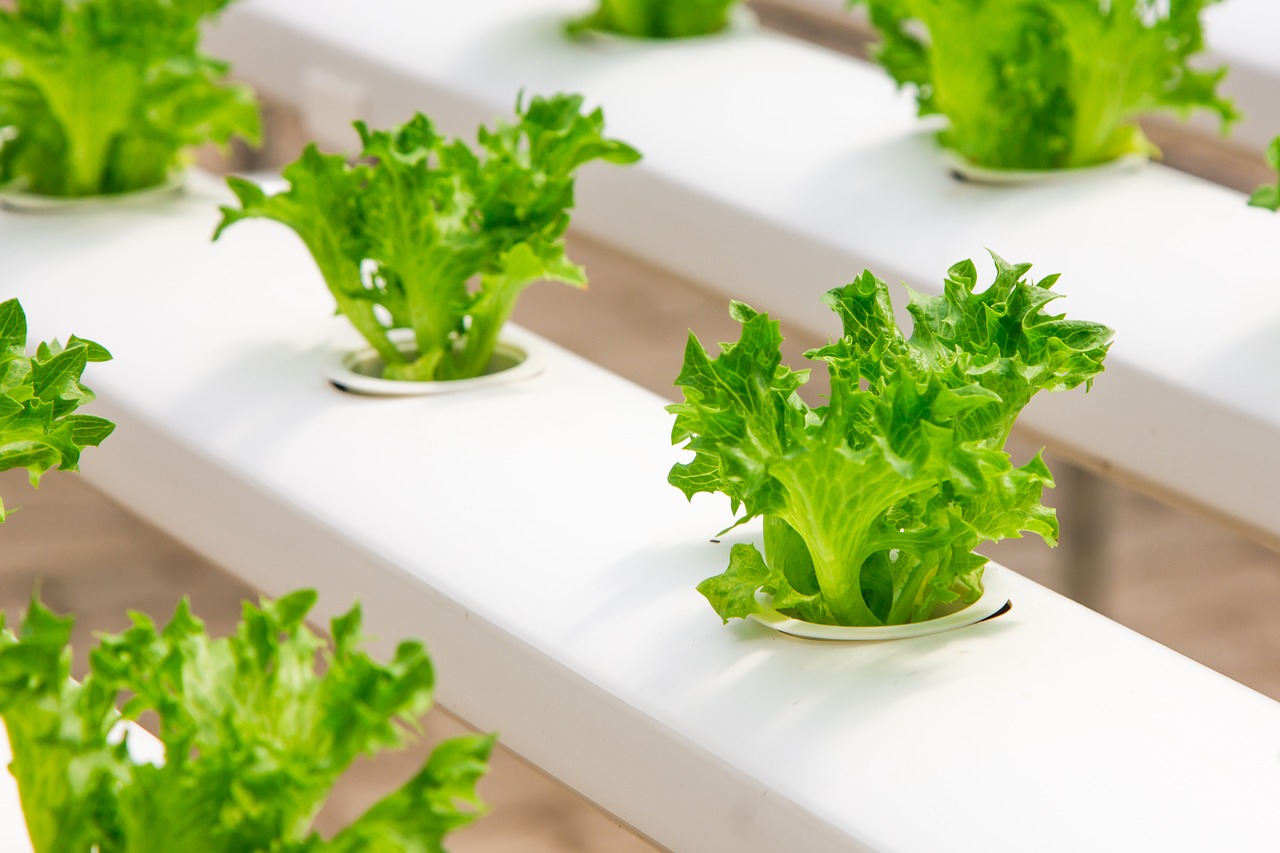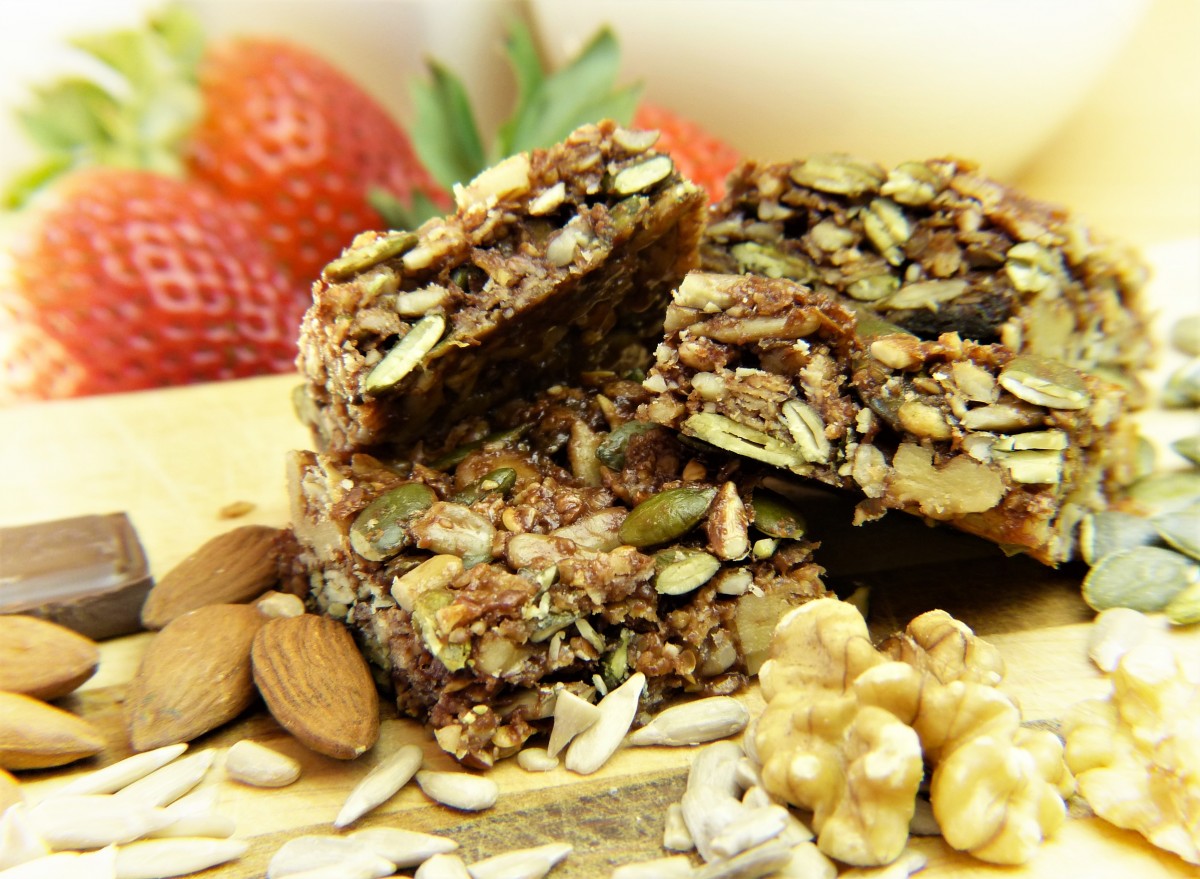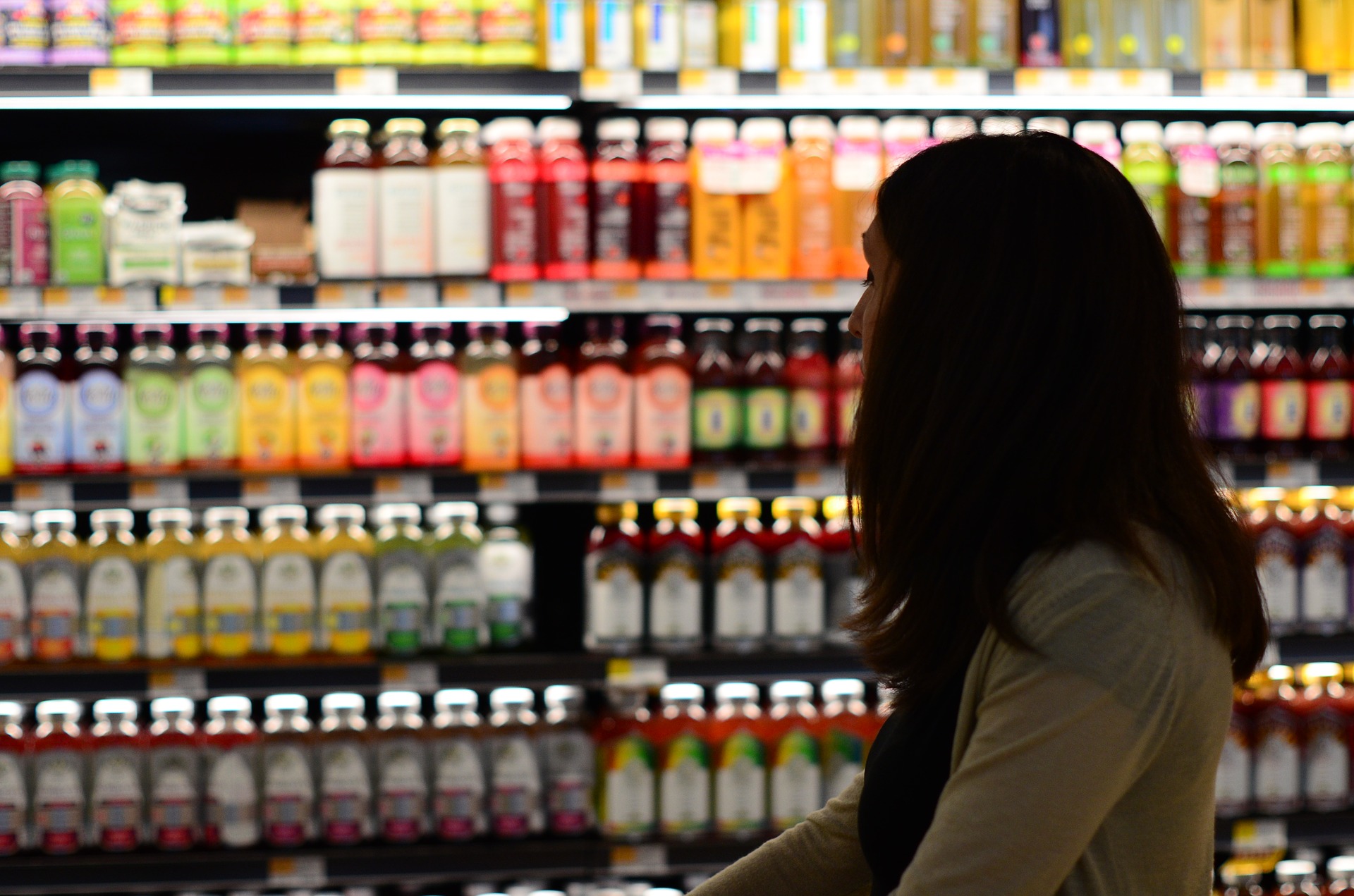The Environmental Working Group (EWG) released last week its latest “2019 Shopper’s Guide to Pesticides in Produce,” an annual report that ranks the top 47 fruits and vegetables with pesticide contaminates based off of findings from the United States Department of Agriculture (USDA).
The EDU has been administrating the guide since 2004, and its insights usually make up the same fruit and vegetables every year, that is until now.
This year, the highly popularized vegetable known as kale, ranked number three on their “dirty dozen for 2019” list. Falling short of spinach at number two and strawberries at number one. This leafy green is favored by many consumers as a rich source of vitamins and antioxidants, but the USDA reveals there are unexposed issues with the plant.
According to their test data, 92 percent of kale sampled contained residue from two or more pesticides, with some carrying up to 18 different kinds.
The most common pesticide found in Kale (60 percent) is Dacthal, also known as DCPA, a herbicide that is toxic to plants and one that the Environmental Protection Agency identifies as a possible human carcinogen. This has led other countries, such as Europe to ban it from their crops for nearly a decade.
In addition, the EWG states that the USDA found variations of pesticides in 70 percent of produce sold nationwide, and while kales mainstream attraction has grown, so has its level of contaminants. The last time it was tested took place nearly 10 years ago, ranking the vegetable number 8 on the EWG’s dirty dozen list, this year, almost a decade later, it’s ranking nearly tripled.
Furthermore, the EWG indicates that the USDA identified over 225 pesticide variations among America’s most common fruits and vegetables. All the produce tested was peeled and washed beforehand, showing simple steps used at home to clean isn’t always enough to avoid potentially harmful toxins.
Despite the dirty dozen’s popularity among consumers, its list has attracted controversy from agriculture-related groups claiming the EWG is diverting consumers away from purchasing fruits and vegetables.
The Alliance for Food and Farming, a California based non-profit organization that represents a variety of fruit and vegetable farmers, says the EWG’S findings over exaggerate contaminants found in pesticides claiming, “a child could literally eat hundreds to thousands of servings of a fruit or vegetable in a day and still not have any effects from pesticide residues.”
Despite the EWG encouraging consumers to opt for more organic produce, due to less contaminates, they also debuted “a clean fifteen 2019” list, highlighting conventional fruits and vegetables holding the lowest traces of pesticide contaminants, since most of the population can’t afford organic. The top findings of this list were avocados, sweet corn, pineapples, frozen sweet peas and onions, with 70 percent of the “clean fifteen” produce samples containing zero traces of pesticide residue.
Despite consumers being split up between conventional and organic food products, they all share one thing, and that’s the desire for more transparency in the food industry. This report could make shoppers think twice next time there at the supermarket dishing out the premium price to avoid potential toxins.












Join or login to leave a comment
JOIN LOGIN